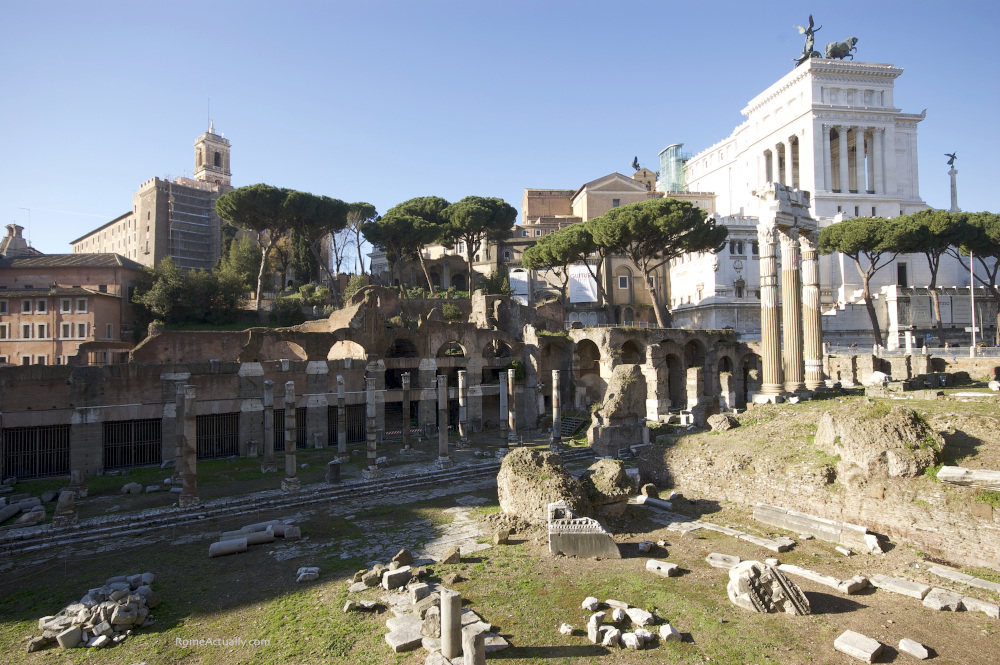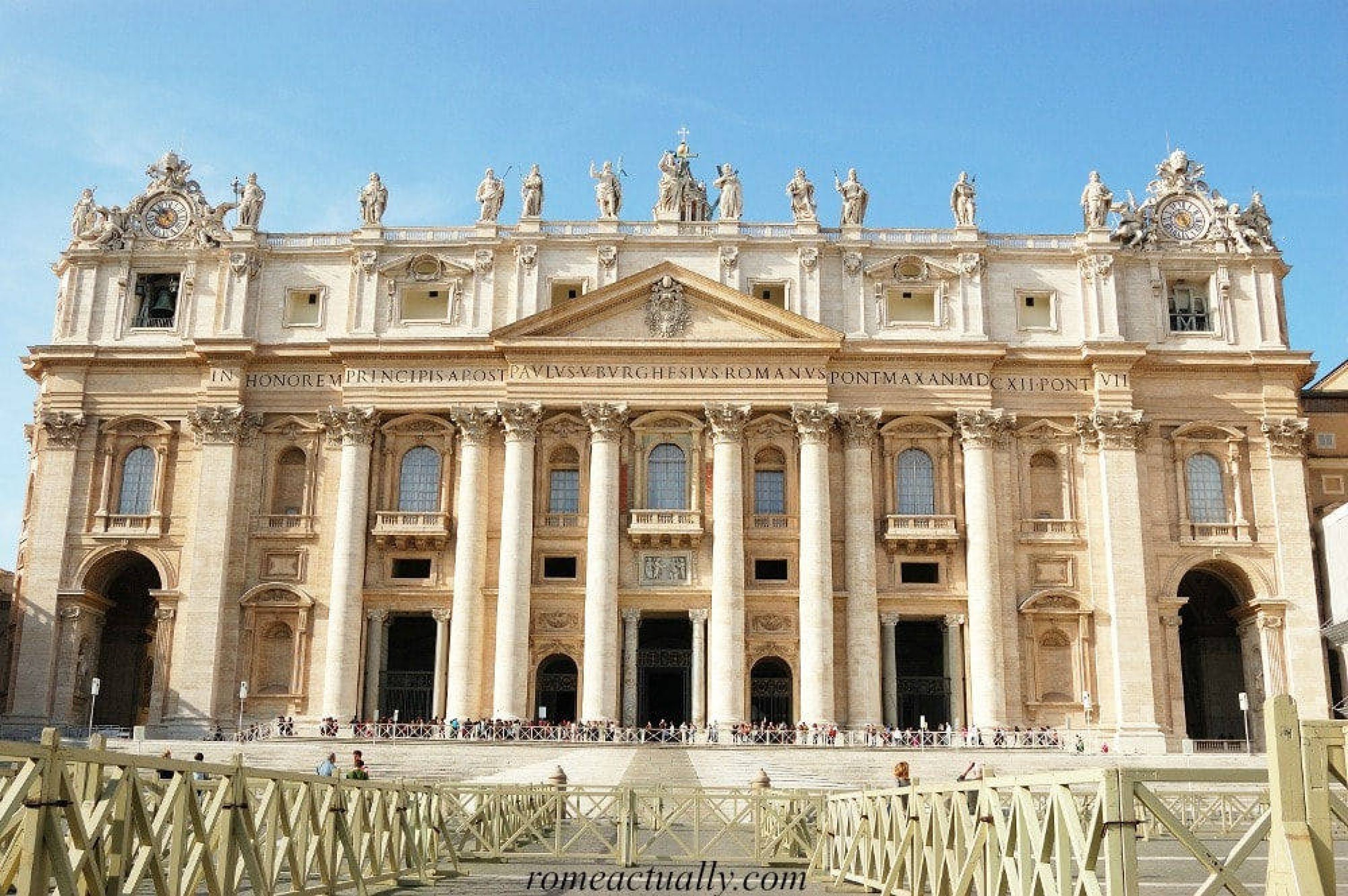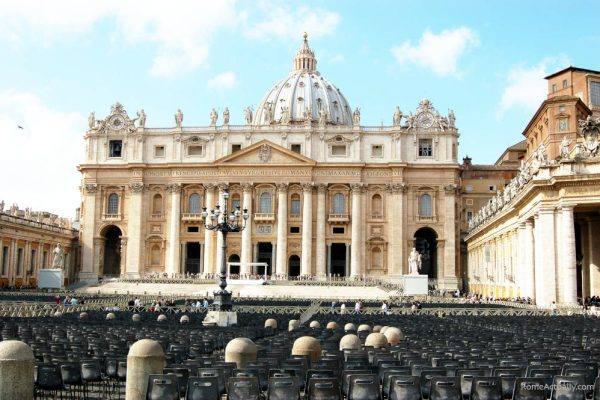You have been hearing about the marvels of the eternal city since childhood. You’ve been wanting to visit Rome since college. But now a crucial question is preventing you from sleeping: where is Rome? We are positive that it’s in Europe, but really, is Rome in Italy or Greece? Is Rome part of France? In what country is Rome?
Rome is the capital of Italy and is located in the central Italian region of Latium (Lazio, in Italian). With 1287 km2/0,4 square miles, Rome is Italy’s largest city and one of the largest in Europe.
But has Rome always been there and as wide as it is now? Is Rome close to the sea? How can you reach Rome? How far is Rome from other cities?
In this essential guide about Rome’s location, we are giving you all the answers to your questions. We are going to tell you where is Rome now as well as the location of Rome and the Roman Empire in history.
You will also learn the distance between Rome and other cities in Italy and in Europe, as well as how to get to Rome from Milan, Venice, Florence, the Cinque Terre, Paris, and London.

Where is Rome? Essential information + map
Rome’s geographical coordinates are 41.9028° N, 12.4964° E. Apart from being Italy’s national capital, Rome is also the capital of the Lazio region (Latium) on the Italian western coast. Latium, in fact, borders the Tyrrhenian Sea, from which Rome lies 30 km, and other regions such as Tuscany, Umbria, Abruzzo, Molise, and Campania.
Rome’s territory is famously shaped by the seven hills the city was built on: Palatine Hill, Aventine Hill, Capitoline Hill, Caelian Hill, Esquiline Hill, Quirinal Hill, and Viminal Hill, with the Esquiline being the tallest and largest.
Rome’s location in history
Foundation of Rome and republican age
To have a more complete knowledge of where is Rome, being aware of where the first settlement was established is pivotal. The very first urban center of Rome was located on Palatine Hill between the Roman Forum and the Velabrum valley. This was a small village of a few hectares settled around 1000 BC and surrounded by swamps.
Fast forward to the 8th century BC, Rome’s first settlement on Palatine Hill had reached some 100 hectares and was ruled by the patrician first inhabitants.
Around mid 6th century BC, under the rule of Servius Tullius, the population of Rome had reached over 30.000 residents making it one of the most important built-up centers of the region. More people reached Rome from the neighboring counties that were gradually annexed to the original settlement.
With always more people living there, Rome started to expand towards the outlets of the Tiber river and in the region’s hinterland quickly reaching the area of the Alban Hills and including also Quirinal Hill.
By the 6th century BC, Rome ruled by the Etruscan kings became a large city. Its sacred center was in Capitoline Hill where the temple of Jupiter, Juno, and Minerva was erected, while its political center was located at the feet of Palatine Hill, in the forum devoted to the people’s meetings.

Between the 4th and 3rd centuries BC, Rome kept expanding in the Latium region by conquering Veio and occupying the Campania region after fighting the Samnites. Other groups formed an alliance against Rome but Rome kept winning, conquering, and expanding further.
The more the city expanded, the more articulated its administration became. The urban centers under Rome’s control were divided into the municipalities granted Roman citizenship, the allies, and the colonies. They were all independent and were not subject to taxation, but had the duty of providing soldiers as an aid to the legions.
Following these first local battles, Rome experienced a thriving period of trading and the building of the first big roads began.
Between the 3rd and the 2nd centuries BC, the three Punic Wars that Rome won against Carthago and more military expeditions made our city expand all over the Mediterranean coasts. After the third Punic War, Carthago was destroyed and its African colonies became Roman provinces.
By this time, Rome included also Gallia Narbonensis, which corresponds to southern France, Sicily, Sardinia, Corsica, Spain, Macedonia, and northern African and western Asian provinces.
Don’t miss our extensive article on Rome’s birthday and foundation.

Where was the Roman Empire?
With Julius Caesar and Augustus, Rome started its imperial age, and along with the next conquests, the city experienced a major urban development with the construction of several buildings and infrastructure as well as public works and the promotion of arts and culture.
After defeating Anthony and Cleopatra, Augustus became Rome’s emperor and like Julius Caesar, he promoted large urbanization by building theaters and temples, repairing roads, and organizing the defense of the city at its borders.
Along with the Italian peninsula and the islands of Sardinia, Sicily, and Corsica, the provinces of the Roman Empire reached modern-day countries like Palestine, Iraq, Syria, Egypt, France, Austria, Switzerland, Spain, the UK, Turkey, Germany, Bulgaria, Dacia that comprised current Romania and part of Hungary, Mauretania that consisted of Morocco and Algeria, Dalmatia made of Croatia, Bosnia, western Serbia, southern Slovenia, northern Albania, and Macedonia in Greece.
In its largest expansion, it included also countries like Portugal, Belgium, the Netherlands, Luxembourg, Liechtenstein, Montenegro, Kosovo, Greece, Russia, Cyprus, Lebanon, Armenia, Georgia, Iran, Azerbaijan, Israel, Jordan, Lybia, Tunisia, part of Saudi Arabia. In total, it spanned over three Continents: Europe, Asia, and Africa.
Often, the areas that were conquered by the Romans still today are great places to visit, such as some of the best things to do in Albania like the port city of Durres and the ancient city of Apollonia.

Rome as the capital of the Papal Kingdom
In 380, Theodosius I imposed Christianity as the only religion allowed in Rome. He was also the last emperor of the unified Roman Empire: at his death, his sons divided the empire into two parts. The capital of the western Roman empire was moved from Rome to Ravenna and Rome became an easy target of the vandals.
From the Visigoths of Alarico to the Vandals of Genseric, and finally to the last sack of Rome in 472 by Ricimer and Anicius Olybrius, in 476 the western Roman Empire was officially declared finished and the Middle Ages began.
If you are wondering where is Rome, you can’t overlook Rome’s location and expansion during the Papal Kingdom. While the Eastern Roman Empire kept thriving, the popes started the reconstruction of Rome, even though many accused them of building more churches than anything else. The Papal States remained in power from 756 to 1870, the year when Rome was annexed to the newly unified Italy.
In the first centuries of the Middle Ages, only Rome and the neighboring cities of the Lazio region were under the pope’s rule. Up to the end of the 11th century, parts of southern Tuscany, the Campania region, and all of the Umbria region up to the Trasimeno lake were under the rule of the Papal States.
By the beginning of the 14th century, the Papal States were one of the largest states in Italy and included also areas like the Duchy of Spoleto, Bologna, Romagna, Parma, Piacenza, and March of Ancona.
Don’t miss our complete guide to visiting the Vatican.

Rome as the capital of Italy
The story of Rome is long, complicated, stormy, and fascinating. No wonder why Rome is called the eternal city. Made of a myriad of big and small events, Rome’s past is what made it such a unique city like no other.
After a brief nomination of Florence, since 1870, Rome has been the capital of the Italian Kingdom first and then of the Republic of Italy. Since then, Rome has been the wonderful, chaotic, gorgeous, messy, and irresistible city we know and love.
Where is Rome? How to reach
There are many ways to reach Rome. Here, we are going to tell you about all of them.
By plane
By plane is probably the most common and certainly the fastest way to reach Rome. Whether you are coming from other Italian regions, European capitals, or the world’s largest cities, you are going to find plenty of airlines connecting you to Rome with a direct flight.
From Europe, you will find several low-cost airlines landing in Rome from other capitals and major cities. Vueling, Ryanair, Volotea, EasyJet, and Wizz Air are some of them. The cities from where you can find a low-cost flight to Rome include Barcelona, Seville, Tirana, Bucharest, Vienna, Yerevan in Armenia, Sofia, Dubrovnik, Budapest, Tel Aviv, Paris, London, and Amman in Jordan among others.
Some of the flag airlines landing in Rome include British Airways, Iberia, Air France, Lufthansa, and obviously the Italian ITA.

By train
Reaching Rome by bullet train from other major Italian cities is a very convenient solution because you will leave from the city center and arrive in central Rome, avoiding this way the transfer to and from the airports.
It’s possible to take the train to Rome also from other European countries, but this will certainly be more time-consuming than the plane. However, if you are into slow travel and enjoy the transition between countries and being able to see the landscape, train travel is definitely a fascinating way to get to Italy and Rome.
Apart from some rare routes such as Vienna-Rome, if you are coming by train, usually you will need to make one or two changes before reaching Stazione Termini.
You can check out Omio website to see from which city you can take the train to reach Rome.
By car
If you are brave and restless, you can also reach Rome by car from other European countries. If you are coming from central Europe such as Austria, Switzerland, Belgium, Slovenia, or even France, you can just pass the border and then take the local highways and SS (Strada Statale).
If you are coming from Spain, you have also the option of reaching Civitavecchia port by ferry and then driving for about an hour to Rome through the toll highway.
By ferry
From Sicily, Sardinia, Spain, Tangier in Morocco, and Tunis in Tunisia, it’s possible to board on a ferry to Civitavecchia port with companies like GNV (Grandi Navi Veloci), Grimaldi, and Tirrenia.
By bus
There is also the possibility to get to Rome by bus and coach from many cities. A huge bus station in Rome where national and international coaches arrive is Tiburtina. Also with the bus, from some cities, you will need to change coach, while from others, you will travel with the same up to Rome.
You can check out Omio website to see from which city you can take the bus to Rome.
How far is Rome from other Italian and European cities?
How to get to Rome from Paris
The distance between Rome and Paris, in a beeline, is 1107 km, roughly 688 miles.
Obviously, the best way to get to Rome from Paris is by plane. There are several airlines that operate this route such as Air France, Ita, Iberia, and the low-cost EasyJet, Ryanair, Vueling, and Wizz Air.
If you are into slow travel, don’t mind stopping along the way, and prefer to be independent and drive in Rome, you can reach Italy’s capital by driving. From Paris to Rome by car, the distance is about 1400 km (870 miles) and would take some 15 hours of non-stop driving.
Finally, you can also decide to reach Rome from Paris by land using public transport. This will most likely include a mix of buses and trains.
How to get to Rome from London
The distance between Rome and London, in a beeline, is 1436 km, roughly 892 miles.
From London, you can reach Rome by plane. There are many airlines connecting Rome’s Fiumicino or Ciampino airports to all of London’s airports. You can find both ordinary and low-cost airlines operating the Rome-London route.
There’s not really the possibility to book a single train ticket from London to Rome. If you prefer to come by land, you will have to make your own itinerary and carefully select the train schedules in order not to miss any in case of delay. You can take a train to cross the English Channel to France and then make a combination of buses and trains to Italy.
How to get to Rome from Milan
The distance between Rome and Milan, in a beeline, is 478 km, roughly 297 miles. Traveling by car, the distance on the road is 575 km (357 miles).
From Milan, you can get to Rome by plane and by high-speed train. We have been to Milan many times and prefer by far going by train. We board Trenitalia’s Freccia or Italo’s bullet train Milano Centrale and after three to three and a half hours we are in either Termini station or Tiburtina.
If you reach Rome by plane, you can fly from Milano Linate or Bergamo Orio al Serio. Either way, the flight takes about an hour and lands at Fiumicino airport.
How to get to Rome from Florence
The distance between Rome and Florence, in a beeline, is 232 km, roughly 144 miles.
The easiest solution to getting to Rome from Florence is by train.
You can book a high-speed Freccia train ticket with Trenitalia or a bullet train with Italo from one of the main stations in Rome, Termini or Tiburtina. The journey takes around an hour and a half and leaves you at Santa Maria Novella train station in Florence’s city center.
If you have rented a car, you can also drive from Florence to Rome. The distance on the road is 275 km (171 miles). In this case, you need to merge into the A1 highway and even though the signs are pretty frequent, Google Maps is your friend.

How to get to Rome from Venice
The distance between Rome and Venice, in a beeline, is 394 km, roughly 245 miles.
The best way to get to Rome from Venice is by high-speed train which will take around 4 hours from Venezia Santa Lucia station.
If you’d rather drive, the distance on the road is 526 km (327 miles) for an average of about 5 hours drive. In this case, you need to merge into the A1 highway and even though the signs are pretty frequent, Google Maps is your friend.
How to get to Rome from Cinque Terre
The distance between Rome and the Cinque Terre in the Italian Riviera, in a beeline, is 335 km, roughly 208 miles.
Reaching by train is pretty easy because from the Cinque Terre you take a local train to La Spezia and then board a fast train to Roma Termini.
The distance on the road is 443 km (275 miles) for an average of about 4 hours and a half drive. In this case, you need to merge into the A1 and E35 highways and follow the road signs and your navigator.




